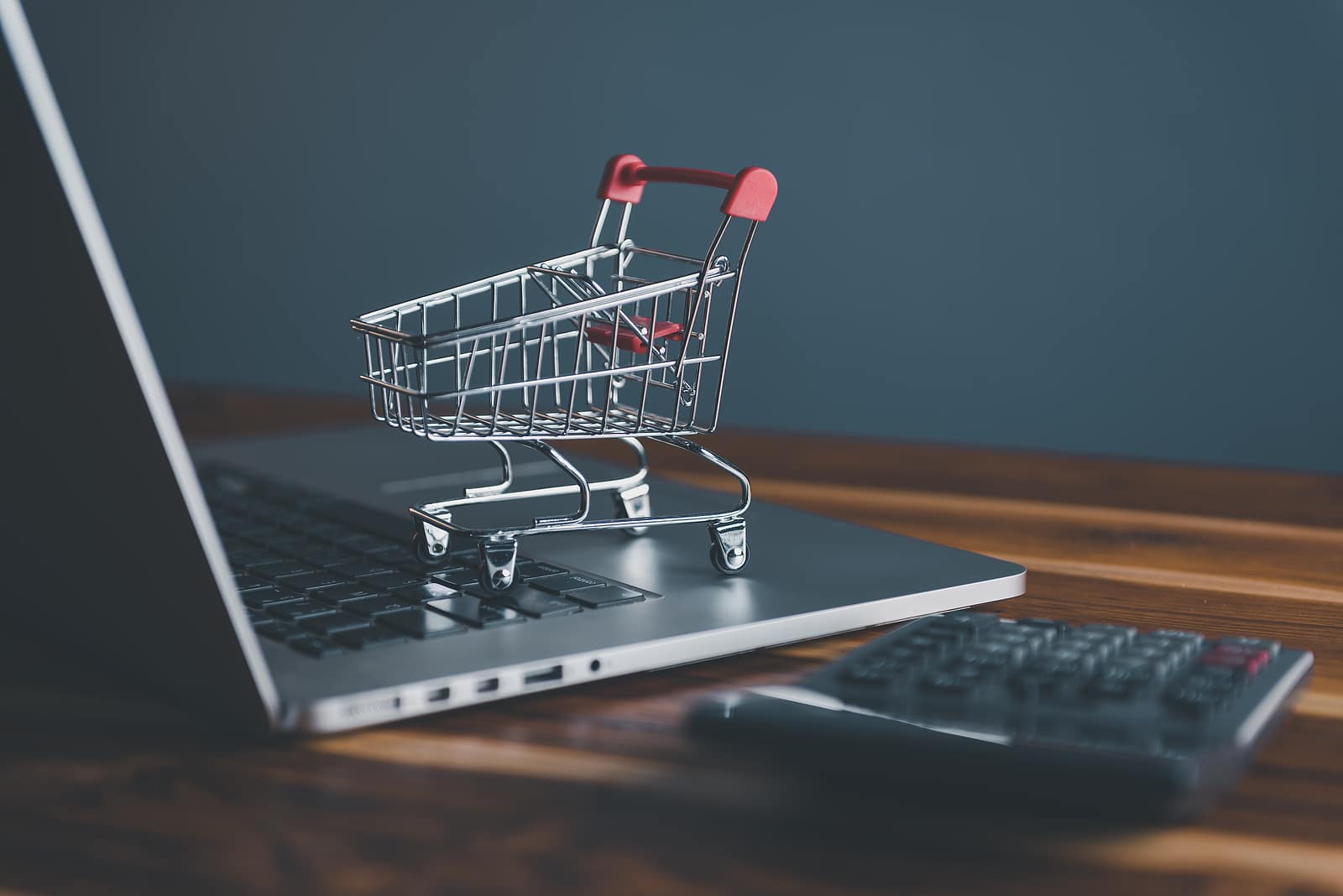You’ve got a great range of products, your Shopify eCommerce website up and running… but the sales aren’t coming through.
Building a website for your eCommerce business is just the beginning – getting it in front of customers, understanding why they might buy, and being able to fulfil their needs quickly and easily all play a part in building a successful online store.
From issues with website traffic, user engagement, and conversion, you may need to do some digging to identify what could be going wrong. Thankfully, there are 6 common issues that can usually answer the question of “Why isn’t anyone buying?”
Investing the time and energy into critically assessing each point could make all the difference when it comes to boosting your customer base – and as a result, your profits!
Whether you’re a new eCommerce business or a bricks-and-mortar retail store trying to build your online presence, you need to keep reading to discover how to improve SEO on Shopify.
Want to chat to an expert about Shopify SEO services? Reach out to us today.

Where to start: assess and optimise your Shopify site
When we consider optimising a website, we can break down almost any experience into two major categories: user experience and SEO.
User experience
The first thing you may start to explore is the user experience. This is the front-end encounter that any user experiences when they land on your website.
From page loading times and menu structure to the payment and shipping process, user experience plays an important role in the success of your site.
However, before we dive too deep into UX, we need to take a very big step back to ask…
How did your users get to your site in the first place?
Before we understand the actions a user takes on your site, we first need to analyse and assess how exactly these users are finding your site.
- Are they landing on your website after entering a few searches in Google?
- Did you appear as one of the few Ads on search?
- Or did you appear organically, ranking on the first page of Google?
And then…
- What did the prospect search in order to find your website?
- Did they look for a specific product, or perhaps they were looking for a brand?
- Did they add a location to their search?
These inbound methods usually indicate a warm lead who is in-market and ready to make a purchase.
Perhaps you’ve been experimenting with outbound tactics on social media, such as Facebook or Instagram ads. These are a quick and easy way to target a certain demographic with specific interests, driving new users to your site.
As you can see, there is so much untapped information that can be uncovered to understand user behaviour before they even reach your site. And one of the most important to look at? SEO, of course.
The importance of Search Engine Optimisation (SEO) for your Shopify store
Did you know that more than 40% of eCommerce revenue comes from organic search?
Think of it as a domino effect: the more keywords you rank for (and the better you rank for those keywords), the more traffic you can drive to your website.
And more traffic (driven by specific, targeted, and relevant keywords) leads to more users, more engagement, more transactions, and most importantly, more sales!
6 ways you can improve SEO on your Shopify website
1) Keyword research and analysis
Keyword research is the basis on which your entire SEO strategy is based. Detailed keyword analysis uncovers exactly what your target audience is searching for when looking for your products.
You probably have a good idea of many of these phrases, however we can almost guarantee that there will be a few that surprise you, too!
Choosing keywords to target is the next important step. When choosing keywords and mapping them to target pages, we look at two things: keyword volume and keyword difficulty:
- Keyword volume provides us with an average monthly search – so how many times that keyword is being used on Google
- Keyword difficulty tells us how hard it will be to rank for that keyword
Generally, short-tail, general keywords will have a much higher search volume, and therefore are deemed more competitive.
A simple example here would be the general search term “beach chairs”, compared to a more specific target keyword, which may be searched fewer times but will also be easier to rank for, like “folding beach chairs australia”.
2) Internal linking
As the name suggests, internal linking is a strategy that connects relevant pages on the same domain – in other words, pages on your website.
Internal linking is a key element of successful website architecture. By connecting relevant web pages, it allows for users to flow through the buying cycle and explore related pages. This strategy also increases website engagement and helps create an intuitive and interactive user experience.
Additionally, web crawlers also benefit from internal linking as these connections are useful for improving search engine rankings.
3) Content marketing
Effective content marketing is based on your business’s purchase cycle, enabling you to create useful, unique, and quality content that assists users across the entire cycle – not just at the point of purchase.
Customer-centric content, created to genuinely help a potential buyer, improves brand awareness, credibility, and engagement. Additionally, repurposing older blog posts is important to ensure that even content posted months or years ago is catered to your audience’s needs with accurate and up-to-date information.
And with 7 in 10 consumers preferring to learn about a business through their own custom content, content marketing is a hugely important part of your eCommerce SEO strategy.
4) Site speed
As with most other factors on this list so far, site speed impacts both the user and your ranking – and each impacts the other.
Site speed impacts more than just your SEO – it can frustrate a user and even turn them off your site altogether. Even a one-second delay in web page load time can result in a 7% drop in conversions!
Optimising speed is essential in attracting and retaining customers, ensuring a positive user experience on your site.
And as it’s Google’s goal to deliver the best content to its users, you can expect to see improved ranking when you optimise your site’s speed.

5) Menu and site structure
Implementing effective site navigation is a win-win situation for both SEO and UX objectives.
Well-structured navigation and mobile-friendly websites are given more weight when assessing page rankings.
Consequently, careful consideration of a website’s navigational aspects should be an essential part of any Shopify SEO strategy.
Not only do search engines value such features, but customers benefit, too. The layout and navigation of your website is critical to ensuring a positive user experience, where visitors can easily navigate through your site, exploring brands, catalogues, products, and pages.
6) Category and product optimisation
Optimising category and product pages is an important step in any SEO strategy. Not only can it help improve ranking factors, it can dramatically increase the user experience of both visitors and customers.
Categories:
Categories should be intuitively organised to make it easier for visitors to navigate the website and explore brands, categories, and products of interest. This includes clearly defining hierarchies and including effective filters, breadcrumbs, multi-level navigation menus and informative page titles.
Products:
Optimising your product pages helps to ensure that each page has unique meta data including title tags, alt tags, meta descriptions, headings, and product content.
When optimised properly, this will help boost your search engine rankings and lead to a more engaging user experience. When ranking for products, you will usually use keywords with specific variants, such as colour and size.
Need help optimising your Shopify store?
If you’re questioning how to improve SEO on Shopify, we suggest starting with the 6 steps above. If you’re a little out of your depth and need assistance, get in touch with our SEO agency today. We’d love to chat and start boosting your sales!